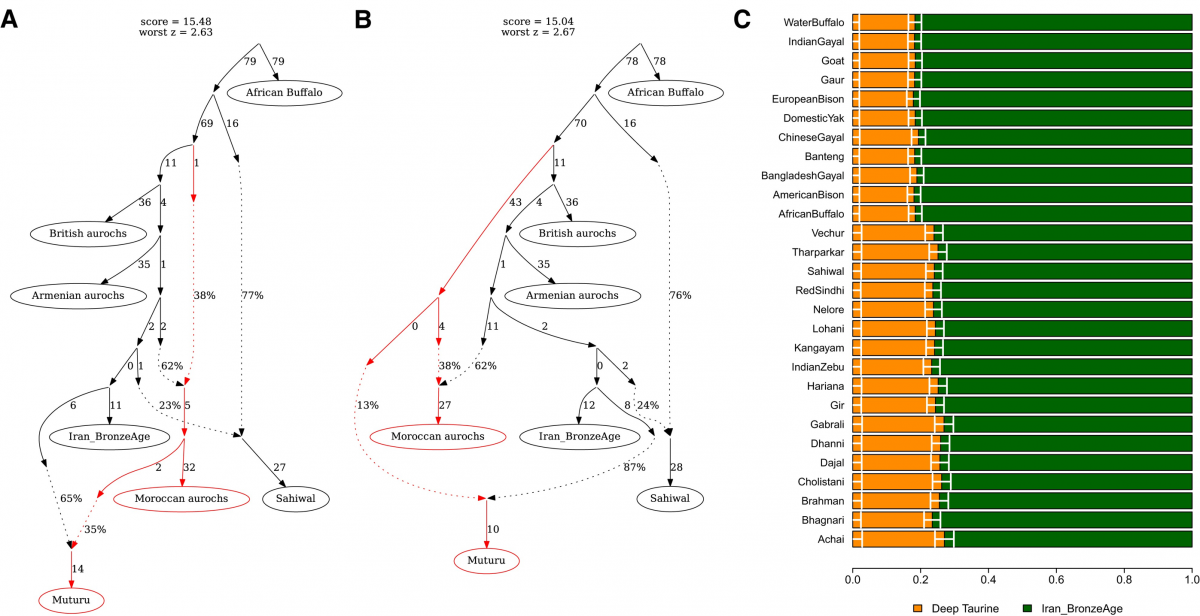진화를 일으키는 대표적인 기제인 돌연변이, 유전자 표류, 재조합, 유전자 흐름 및 자연선택은 직접 관찰할 수 없지만 유전자 변이의 패턴에 큰 변화를 가져온다. 유전체학 기술이 최근 크게 발전함에 따라 유전자 변이의 패턴을 전장유전체 규모에서 관찰하는 것이 드디어 가능해졌다. 본 연구실은 유전자 변이 자료를 전장유전체 수준에서 생산 및 분석함으로써 과거 진화 기제의 영향을 상세하게 재구성하는 것을 목표로 하고 있다. 본 연구실의 첫 번째 연구 주제는 과거 약 1만 년 동안에 걸친 인류의 이동과 집단 간 혼합을 현재 살아있는 사람의 유전체와 고유전체 자료를 함께 분석하여 추론하는 것이다. 두 번째 연구 주제는 여러 인류 집단이 갖고 있는 적응적 표현형의 진화를 자연 선택과 선택 중립적인 인구사 모형을 모두 고려하여 설명하는 것이다. 마지막으로는 집단유전체학 연구 기법을 사람과 모델 생물 이외의 자연 집단에 적극적으로 적용할 계획이다. 본 연구실의 모든 연구 주제들은 대규모 유전체 자료 생산 기법인 차세대 시퀀싱(next generation sequencing) 및 마이크로어레이, 대규모 데이터 처리 및 분석을 위한 클러스터 컴퓨팅을 적극 활용하고 있다.
집단유전체학 연구실
Jeong Lab of Population Genomics
News & Notice+ more
- [2023.12.01] 이뉴스투데이: 서울대, 아프리카 토착소 교잡에 대한 유전적 추론 발표
- [2023.04.18] 사이언스조선: [사이언스샷]진시황 위협한 흉노제국, 여성이 영토확장 주도했다
- [2023.04.14] Technology Networks: Ancient DNA Reveals History of Mongolia’s First Nomadic Empire
- [2021.10.29] 동아사이언스: 중국 신장위구르 분지서 발견된 4000년된 서양인 외모 미라, 알고보니 토착민이었다
- [2020.11.06] Science: How the horse powered human prehistory
Publications+ more
Welcome to the
"Laboratory of Population Genomics"



